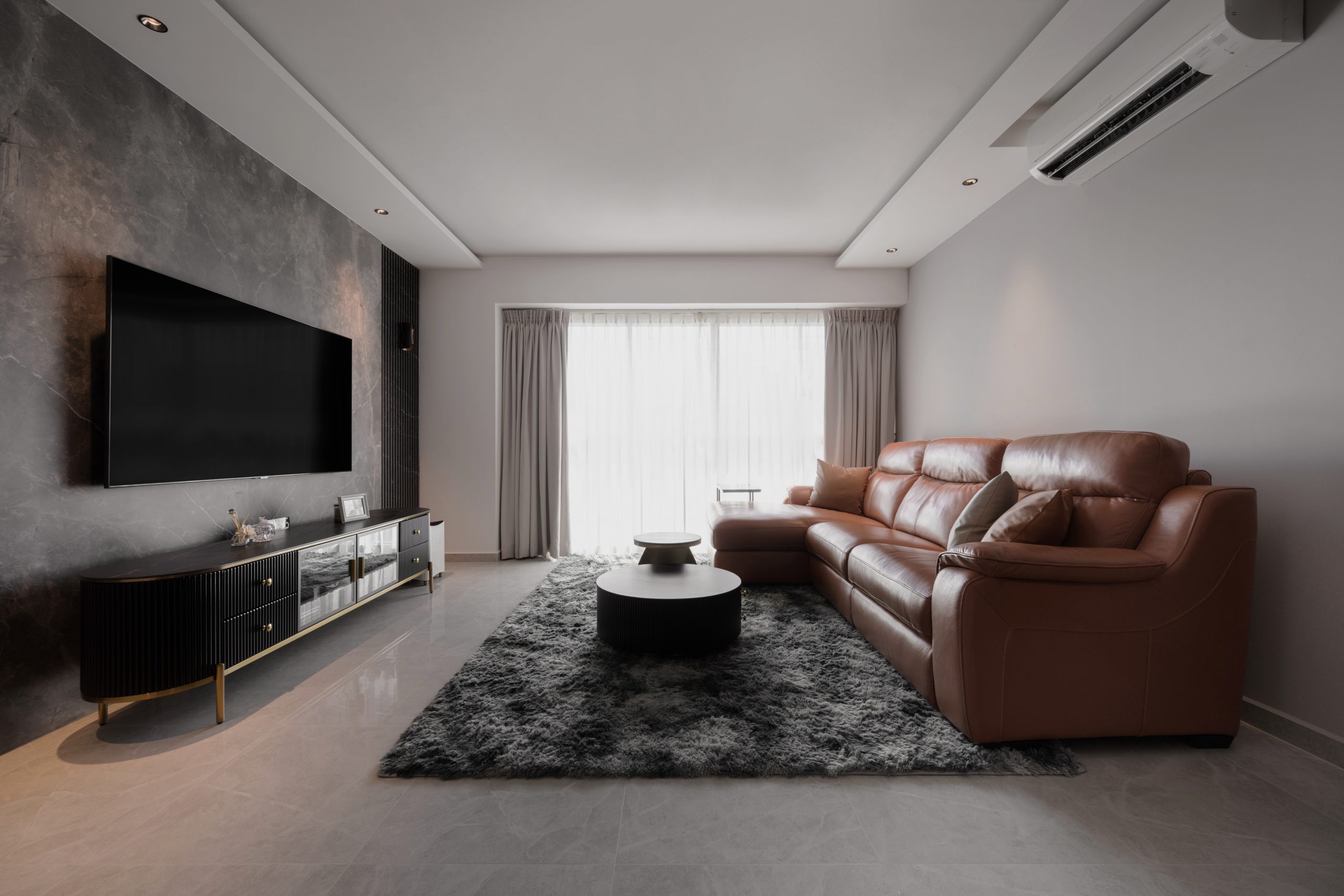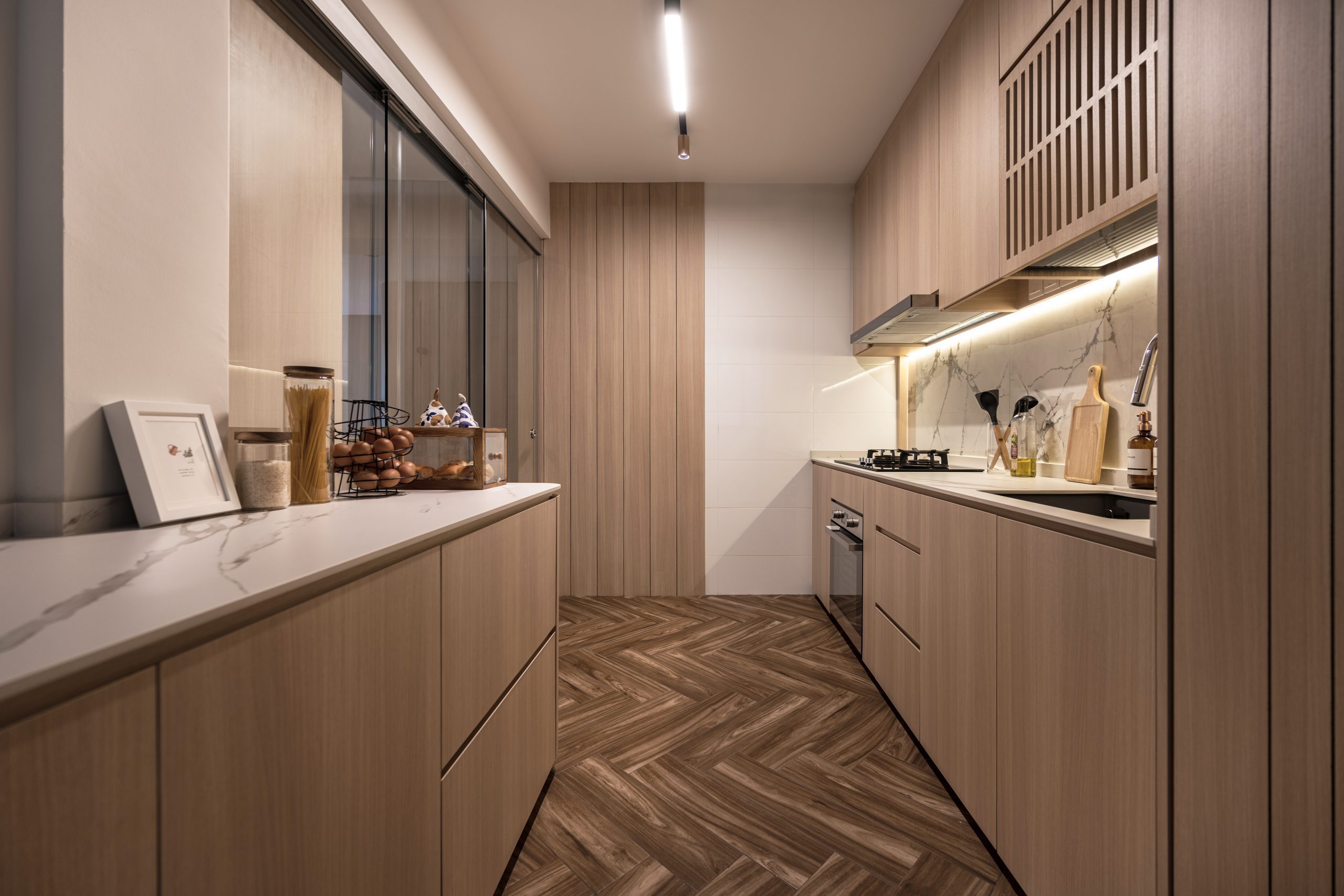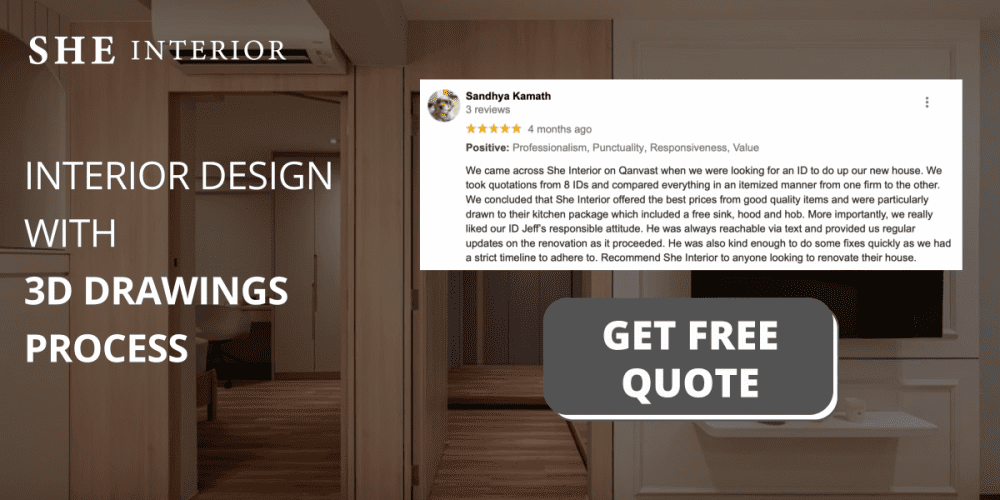The floor is one of the largest surfaces in the home that significantly affects your interior design. It’s the only part of your home that’s constantly in touch with your body. But for the right flooring, not only does it look good, but it also creates a very inviting space to hang out and relax. It’s an investment that will pay off for years to come! When you think about the many flooring options available today, how do you begin to look for the right one? You have to ensure that it’s durable, long-lasting, and looks great in your home.
With so many options available, it’s hard to know where to start. In case you need any more proof, all of this is here for you. Discover your next types of Singapore with our handy guide.

HDB Vinyl flooring
You can waterproof a floor by using different products. Vinyl tiles, sheets and planks are available in various designs and colors, and some are affordable, too. However, it’s far from being the eco-friendliest option on the market. In addition, the majority of other eco-friendly options on the market are more expensive than conventional ones.
Vinyl flooring is mainly made from polyvinyl chloride, which is harmful to the environment, and when burned it gives off toxic fumes. However, there are other options for creating a more natural look, including low-end resilient flooring, or LERF.
Manufactured from virgin pulp, HERF is free of dangerous chemicals like phthalates that can increase the lifespan and flexibility of plastics, which are found in regular toys. The vinyl choices you find in your typical stores.
Pros of vinyl flooring
- Get the look of wood without pests.
- It’s resistant to water, fire and scratches, so it’s great for homes with pets and children.
- Cost-effective
Cons of vinyl flooring
- Not dent-proof
- Compared to other alternatives, it isn’t as eco-friendly.
Wood plastic composite (WPC) for flooring
Waterproof WPC flooring has five layers including an attached underlayment, a 100% waterproof core, a luxury vinyl print, and a wear layer. It’s a luxury print layer that makes any hardwood floor look like real wood, for realistic HDB interior design.
The differences between WPC and vinyl flooring are the construction of the core. Vinyl’s core is made of rubber, so it doesn’t provide the acoustic benefits as does WPC’s core. It’s also prone to warping and delaminating, which could result in your flooring having to be replaced.
Tiles flooring
Tile floors do not work well at reducing footstep sounds. They are one of the most affordable waterproof flooring materials and they even possess beautiful designs great for any style of interior decor. Their water-resistant features make them ideal for the basement or laundry room, and they come in some of the cutest patterns.
Tiles are typically made of ceramic or porcelain, and they can be hard and cold on your floor under wet conditions, which can become quite uncomfortable. While its durability is what makes it so great, its longevity makes it a wonderful choice for homeowners who want a durable material that will last a lifetime.
In the home, tiles can be used in high traffic areas. They are more resistant to liquids and are less likely to get stained than their porcelain counter parts. Even though the tiles are hard-wearing, the lines between them can be susceptible to stains. If you find mold growing there, you have to have them sealed and cleaned regularly.
Pros of tile flooring
- It’s easy to maintain, non-porous and durable in high-traffic areas.
- Even if exposed to sunlight on a constant basis, there will be no discolouration or fading.
- There’s better safety in wet areas with non-slip tiles.
Cons of tile flooring
- The mold will grow if the grout lines are not cleaned.
- It’s cold and hard to walk.
Natural stone flooring
If you’re going for a sophisticated look, natural stone is your best choice. There are three main options: marble, slate, and granite.
Marble is beautiful, but it’s often not as popular as granite or limestone, so make sure that your home features the look you desire. Marble isn’t just beautiful; it’s versatile, too. t can be used to create tables, counters, vanity mirrors, and other pieces of furniture, or it can even be made into sculpture. Marble flooring is perfect for homes seeking a contemporary look. However, if it’s damaged it’s more prone to damage than other flooring materials.
It should be noted that marble is porous and can easily stain. Granite is stain resistant, which makes it an easy-to-care for stone. Slate is a great alternative if you prefer something less polished and more rustic. Better yet, they are non-slip as well, and these are just a few of the benefits of this amazing flooring.
Pros of natural stone flooring
- Granite can hold up well against acidic substances.
- Slate is good for outdoor use.
- Both perform well in high-traffic areas.
Cons of natural stone flooring
- It needs to be sealed on a regular.
- If the protective coat wears off, the water will get through.
- It’s not a good match if you have pets at home.
- Marble is prone to chipping and staining.
- Exposure to sunlight can lead to discoloring marble.

Laminate flooring
Vinyl has a fair share of similarities with laminate, including minimal maintenance and a range of styles. However, unlike vinyl, laminate is made of mostly wood.
This gives it greater stability and longevity. A downside to laminate is that it can crack when it’s installed incorrectly. Laminate also tends to be more expensive than vinyl. Hardwood floors are the most durable type of flooring. They have a high-quality finish and require little maintenance. However, they do require regular cleaning and are more costly to install than other types. If you’re looking for the highest-quality flooring, hardwood may be for you.
Pros of laminate flooring
- Easy to clean
- Easy to install
- Wide variety of designs, styles, and colours to choose from
Cons of laminate flooring
- Moisture can cause laminate flooring to swell
- Prone to discoloration
Cement screed flooring
Cement siding is a common sight in most industrial-style homes. You can find beautiful floors made of concrete, sand, and cement that add a unique touch to your home.
Cement screed is one of the most popular flooring materials used in new construction. This is the perfect flooring for homeowners looking for a modern, industrial style. We suggest you not use cement screed in bathrooms as it can be slippery if you have children or elderly people in your home because it could be dangerous.
You might think it has a textured finish because of its nature, but the most important thing is that it’s seamless. But it does require extra care and maintenance to keep it looking great. When water loss from evaporation is greater than the concrete’s ability to absorb water, you can end up with cracks in your bathroom floor. This is due to the hardened layers of cement contracting, which causes the floor to fracture.
Cement floors are very porous and stain easily, so it’s important to protect your floors from the wear and tear that comes with daily life. A must-do is to seal the concrete flooring as soon as you get your home.
Pros of cement screed
- Resilient to scratches and damage
- It’s easy to change up the look of flooring.
- Seamless look
Cons of cement screed
- Porous, might accumulate dirt/be prone to water stains
- To prevent the cracks from appearing, needs to be completely sealed.
- Feels hard and cold underfoot
Redesign your house with SHEInterior for better aesthetic and value
If looking specialist for a new interior design with 3D drawings process, SHEINTERIOR is the perfect solution for specialists looking for a new interior design with 3D drawing process. Our services include the entire project management process from conception to construction, including architectural and engineering services. SHEInterior is the perfect solution for all your interior design needs.
Get your best home design plan and result with us! Contact us here for more information of HDB BTO flooring package or visit our showroom at 21 Woodlands Close #09-43 Singapore 737854 (Primiz Biz-Hub).



